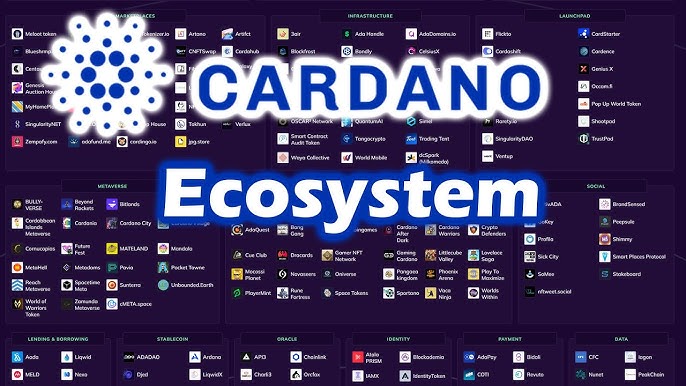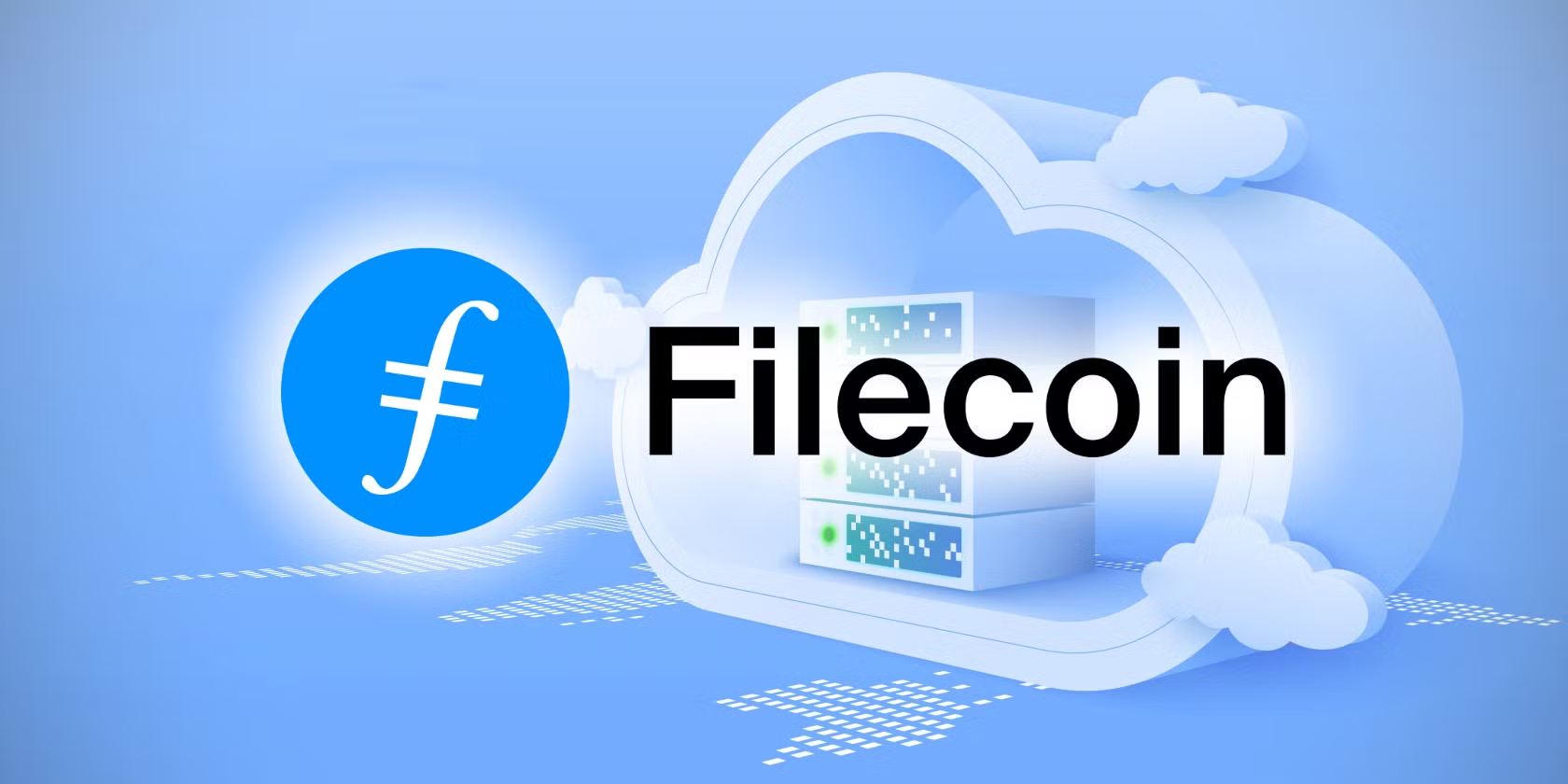🧠 Cardano Ecosystem: Complete Guide to a Third-Generation Blockchain
Cardano is one of the most advanced blockchain platforms in the crypto space, often referred to as a third-generation blockchain due to its focus on scalability, interoperability, and sustainability. Since its launch in 2017, Cardano has developed a rich ecosystem of technologies, tokens, and decentralized applications (dApps) that aim to create a secure and decentralized future.
This article provides a detailed overview of the Cardano ecosystem, including its architecture, native currency (ADA), staking mechanism, smart contracts, projects, and governance.
🔍 What is Cardano?
Cardano is a proof-of-stake (PoS) blockchain platform developed by IOHK (Input Output Hong Kong), co-founded by Charles Hoskinson, one of the original developers of Ethereum. Unlike many other blockchains that prioritize rapid deployment, Cardano emphasizes academic research, peer-reviewed development, and a phased rollout strategy.
Key Characteristics of Cardano:
- Open-source and decentralized
- Layered architecture for scalability
- Environmentally friendly through PoS
- Backed by scientific research
🧱 Cardano’s Layered Architecture
Cardano is built with a layered architecture to improve flexibility, security, and scalability:
1. Cardano Settlement Layer (CSL)
- Responsible for handling ADA transactions and ledger operations.
- Separates the value transfer from computations.
2. Cardano Computation Layer (CCL)
- Executes smart contracts and handles logic.
- Enables changes and updates without disrupting the settlement layer.
This separation allows Cardano to adapt and evolve without compromising on performance or security.
🔐 Proof-of-Stake and Ouroboros Protocol
Cardano uses a proprietary Proof-of-Stake consensus algorithm called Ouroboros. It is the first PoS protocol proven secure through peer-reviewed academic research.
How Ouroboros Works:
- Time is divided into epochs and slots.
- Slot leaders are randomly chosen to validate transactions and create new blocks.
- Participants who hold ADA can delegate their stake to validators or run a stake pool.
Advantages of Ouroboros:
- Energy-efficient compared to Proof-of-Work (used in Bitcoin).
- Scalable and secure through randomness and delegation.
- Encourages community participation via staking rewards.
💰 ADA – The Native Token
ADA is the native cryptocurrency of the Cardano network. It serves several purposes:
- Transaction fees
- Staking and delegation
- Governance voting
- Smart contract execution
Cardano does not rely on inflation to reward participants; instead, a fixed supply of 45 billion ADA was established.
🧠 Smart Contracts with Plutus and Marlowe
Cardano introduced smart contract functionality with the Alonzo hard fork in 2021. This enabled developers to build decentralized applications (dApps) on Cardano using the Plutus and Marlowe platforms.
Plutus:
- Based on the Haskell programming language.
- Used to write powerful, secure smart contracts.
Marlowe:
- A domain-specific language (DSL) built for financial contracts.
- Simplifies development for non-programmers and finance professionals.
Smart contracts in Cardano are designed with formal verification for increased security and correctness.
🪙 Native Tokens and Multi-Asset Support
Unlike Ethereum, where tokens are created via smart contracts (like ERC-20), Cardano allows native token issuance at the protocol level. This leads to several advantages:
- No need for custom code to create a token
- Lower gas fees
- Better integration and security
This makes Cardano a great platform for tokenized assets, DeFi projects, and NFT creation.
🌐 Projects and dApps on Cardano
The Cardano ecosystem is rapidly growing with a wide variety of projects:
1. Minswap
- A decentralized exchange (DEX) with liquidity farming and token swaps.
2. SundaeSwap
- One of the earliest DEX platforms on Cardano.
3. Meld
- A decentralized finance platform offering lending, borrowing, and fiat integration.
4. World Mobile
- A telecom project using Cardano to bring internet access to underserved regions.
5. Empowa
- A real estate dApp using Cardano to provide affordable housing in Africa.
6. OccamFi
- A launchpad and DeFi suite for token sales and liquidity provision.
7. CNFT.io
- A leading NFT marketplace built on Cardano.
8. DripDropz
- A token distribution platform that supports stake pool operators and delegators.
These projects reflect Cardano’s focus on real-world use cases, especially in emerging markets like Africa.
🗳️ On-Chain Governance with Project Catalyst
Cardano is progressing toward a fully decentralized governance model. Project Catalyst is Cardano’s innovation fund and governance experiment that allows ADA holders to vote on community proposals and funding decisions.
How It Works:
- ADA holders register their wallets to vote.
- Projects submit proposals.
- Community votes on which projects receive funding from the Cardano treasury.
Catalyst promotes bottom-up innovation and empowers the Cardano community to steer the direction of the ecosystem.
🌱 Sustainability and Environmental Impact
Thanks to the PoS model, Cardano is extremely energy-efficient compared to Bitcoin or Ethereum (pre-merge). It has a minimal environmental footprint while still offering security and decentralization.
Cardano’s vision aligns with sustainable development, especially with partnerships like:
- Ethiopian Ministry of Education: Blockchain IDs for 5 million students.
- World Mobile: Infrastructure development for remote regions.
🔮 Future of Cardano
Cardano’s development follows a five-phase roadmap, each focusing on a different pillar:
- Byron – Foundation and launch.
- Shelley – Decentralization through staking.
- Goguen – Smart contracts and dApp support.
- Basho – Scalability improvements (e.g., Hydra, sidechains).
- Voltaire – Governance and treasury systems.
Upcoming Innovations:
- Hydra Layer-2 scalability solution to process thousands of TPS.
- Sidechains to support interoperability with other networks.
- Full on-chain governance under Voltaire phase.
- Increased DeFi and NFT adoption.
✅ Strengths of the Cardano Ecosystem
- ✅ Academic rigor and research-backed development.
- ✅ Energy efficiency through PoS.
- ✅ Flexible and secure architecture.
- ✅ Active community and transparent governance.
- ✅ Real-world adoption, especially in underserved regions.
⚠️ Criticisms and Challenges
- ⚠️ Slow rollout due to peer-review process.
- ⚠️ Developer experience can be challenging with Haskell/Plutus.
- ⚠️ Less TVL compared to Ethereum-based DeFi ecosystems.
- ⚠️ Fewer dApps launched compared to competitors like Solana or Avalanche.
However, Cardano’s slow and steady approach may prove more sustainable in the long run.
🏁 Conclusion
The Cardano ecosystem represents a unique blend of scientific innovation, decentralization, and social impact. With a layered architecture, energy-efficient consensus, native token support, and an emphasis on real-world utility, Cardano is positioned as one of the most promising blockchains in the space.
As its smart contract ecosystem matures and more dApps go live, Cardano could evolve from a “sleeping giant” into a leader of the next wave of blockchain adoption.




